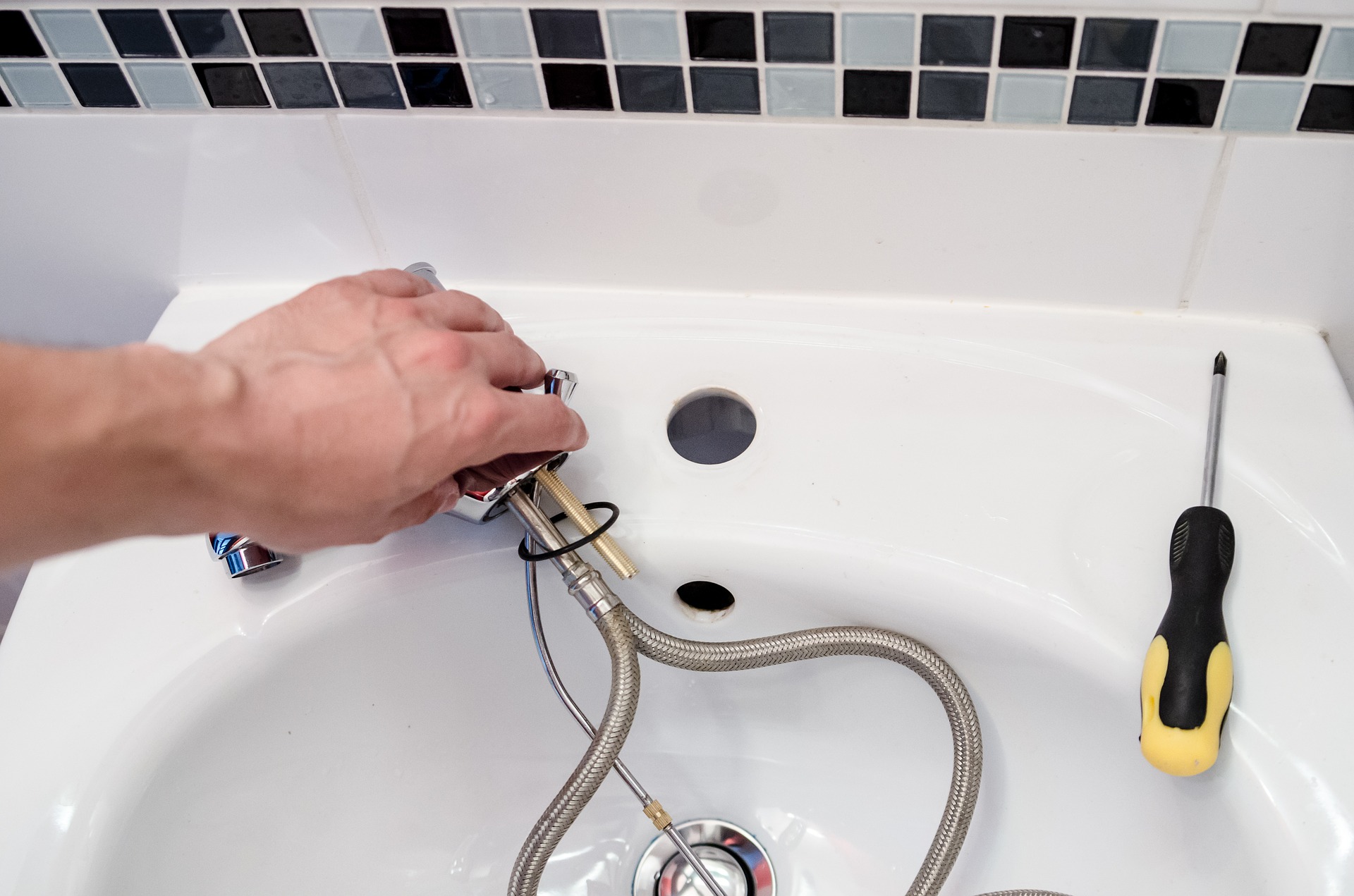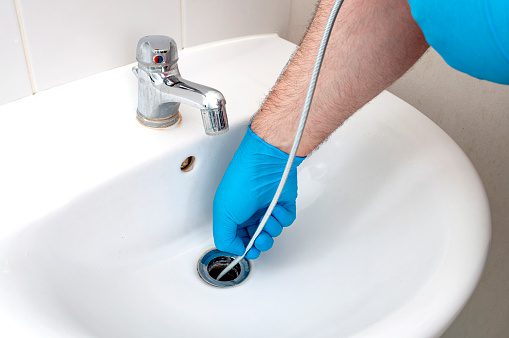The Recommended Winterizing Techniques: Several Ways to Guard Pipe Bursts
The Recommended Winterizing Techniques: Several Ways to Guard Pipe Bursts
Blog Article
What're your opinions about How to Prevent Frozen Pipes?

All home owners who live in pleasant environments should do their best to winterize their pipes. It is something you should do during autumn prior to deep winter really begins. Failure to do so can lead to catastrophe like icy, cracked, or burst pipelines. Right here are some helpful winterizing hacks to maintain your plumbing system protected even if the climate outside is frightful.
Activate the Faucets
When the temperature level decreases and also it seems as if the freezing temperature level will certainly last, it will certainly assist to transform on your water both inside your home as well as outdoors. This will certainly maintain the water streaming through your plumbing systems. You'll end up throwing away gallons of water this means.
Open Cupboard Doors Hiding Plumbing
When it's chilly outside, it would certainly be useful to open up closet doors that are camouflaging your pipelines. Doing this small technique can maintain your pipes warm and limit the possibly unsafe outcomes of freezing temperatures.
Take Some Time to Wrap Exposed Pipes
One great and also easy hack to heat up cold pipelines is to cover them with cozy towels. You can cover them initially with towels. After protecting them in place, you can put boiling water on the towels. Do it slowly to allow the towels soak up the liquid. You can also make use of pre-soaked towels in hot water, just don't neglect to put on protective gloves to safeguard your hands from the heat.
Try a Hair Dryer or Warm Gun
When your pipelines are nearly freezing, your reliable hair clothes dryer or heat gun is a blessing. Bowling hot air straight into them may aid if the warm towels do not help dislodge any working out ice in your pipelines. Do not make use of various other things that generate straight flames like an impact torch. This can cause a bigger catastrophe that you can not regulate. You may end up damaging your pipelines while attempting to melt the ice. As well as in the future, you might even wind up shedding your residence. Be careful!
Shut Off Water When Pipes are Frozen
If you observe that your pipelines are completely frozen or nearly nearing that phase, transform off the primary water shutoff quickly. You will usually find this in your basement or utility room near the heating unit or the front wall surface closest to the street. Transform it off immediately to prevent further damage.
With more water, more ice will stack up, which will at some point lead to burst pipes. If you are uncertain regarding the state of your pipes this wintertime, it is best to call a specialist plumber for an assessment.
All home owners that live in pleasant environments have to do their ideal to winterize their pipelines. Failure to do so can lead to calamity like frozen, broken, or burst pipes. If the hot towels do not aid displace any type of settling ice in your pipelines, bowling hot air directly right into them may help. Transform off the primary water shutoff promptly if you discover that your pipelines are entirely frozen or virtually nearing that phase. With even more water, more ice will certainly pile up, which will at some point lead to break pipes.
PREVENT YOUR PIPES FROM FREEZING THIS WINTER
A Leading Cause of Property Damage
When the weather is taking a deep nose dive into the cold dreary days, the risk of your pipes freezing and potentially bursting skyrockets. Unfortunately, during these cold dreary months, burst pipes are the most common denominator for property damage. The pipes that are most at the risk are those that are in areas where it is most cold in your home. For instance, pipes located in interior places such as basements, attics, and your garage. Unfortunately, that doesn’t mean that the pipes running through your cabinets or exterior walls can’t freeze. Good news, however, is that you can do things to help prevent pipes from freezing.
How to Prevent Pipes From Freezing
Once the temperature starts to drop during the winter, you should be taking the proper measures needed to ensure that your pipes stay warm and that there is circulation of water through them. Some steps that experts may recommend could go against your better judgement when it comes to saving water and heat. However, it would go without saying that when expenses are compared, damaged pipes could put a bigger dent in your wallet than a water bill.
What Can I Do?
Keep your garage door closed. This is very important, especially if you have water supply lines running through your garage. Open your kitchen and bathroom cabinets to allow warm air to circulate through them. Allow air circulation throughout your home. Keeping the interior doors open will once again allow the warm air to circulate inside your home. Ensure your thermostat is running the same temperature throughout the night and day. If you plan to be away from home during the cold months, set your temperature no lower than 55° F. This should provide enough heat to keep the pipes warm and prevent any remaining water inside the pipes from freezing. For more of a long-term solution, add insulation to attics, basement, and other crawl spaces around your home. By allowing your faucet to drip, it will alleviate pressure in the system. This is important because the pressure that is created between the blockage and the faucet can potentially cause the pipes to burst. Allowing the faucet to drip will prevent the pressure from building up, therefore keeping the pipes from bursting. Seal any cracks, openings, and crawl spaces around your home to prevent cold air from coming inside. This keeps your pipes-not to mention your home-warmer and less susceptible to issues caused by freezing temperatures. For the pipes in your home that are easily accessible, applying electrical tape to them might prevent them from freezing over. This is a quick fix, as you can apply the tape directly to the pipe. There are two options for heating tapes. One turns on and off by itself when it senses heat is needed. The other type of heating tape needs to be applied when heat is needed and removed when not necessary. If you have exposed pipes in your home, you can check this website to take a look at a few options that would be available at a shop near you.

I hope you liked our part on How to Prevent Frozen Pipes. Thanks so much for taking the time to browse our posting. Are you aware of somebody else who is very much interested in the niche? Do not hesitate to share it. Thanks so much for your time invested reading it.
Request our emergency plumbing support. Report this page